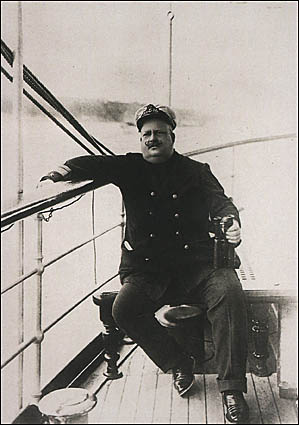
 |
Republic and "Estado Novo" |
In 1908, near the start of the 20th Century, King D. Carlos and the prince and heir to the throne Luís Filipe were assassinated on the streets of Lisbon. The young D. Manuel II ascended to the throne, but only managed to keep the monarchy going for two more years. On the 5 October 1910 he was obliged to flee to England, when a military revolution proclaimed and established the Republic.
The first years of the Portuguese Republic were a constant upheaval with successive military insurrections, violence on the streets and huge political and economic instability. In a period of sixteen years there were seven Parliamentary terms of office, eight Presidents and around fifty governments.
The financial crisis which had swept Europe after World War I had aggravated the situation and in 1926 a military dictator overthrew the parliamentary regime of the Ist Republic and gave rise, through the hand of António Oliveira Salazar, to the Estado Novo (literally, New State).
Throughout four decades, Salazar steered the course of Portugal and installed a dictatorship which lasted until 1974. A controversial figure, who today still gives rise to hatred and passion, Salazar governed the country with an iron fist. His role concerning the neutrality of Portugal during World War II is still today a reason for disagreement amongst historians. The country was saved but the price it paid led to a backwardness which lasted decades.
Throughout his dictatorship, Salazar recreated the country into his own image and likeness. He reorganized national finances, established corporativism, prohibited political and trade union movements, supported censorship and set up a political police. On the other hand, on insisting on preserving the colonial legacy, he went against the times, and kept up a long war on three fronts - Angola, Mozambique and Guinea - which impeded the economic, intellectual and scientific development of the country.
| The Carnation Revolution |